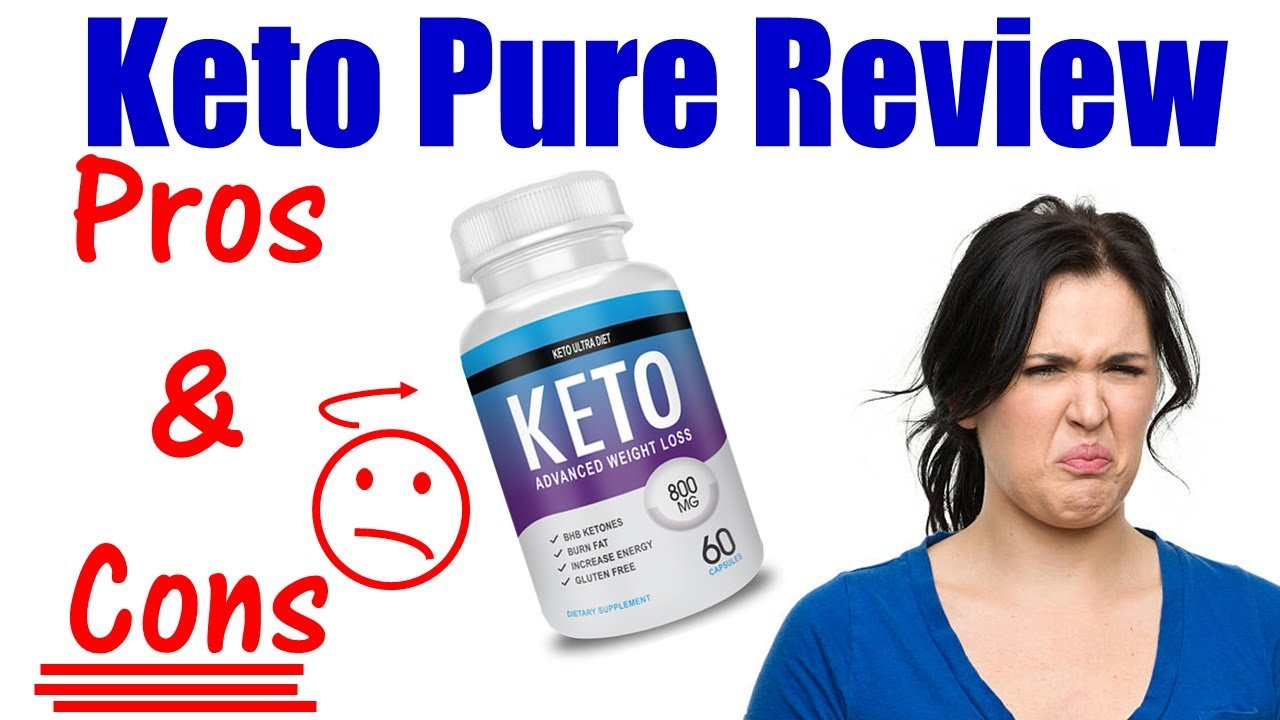
One of the key signifiers that you have reached your menopause phase is having completed 12 months without your periods. The term is derived from two Greek terms, “meno” meaning “month” and “pausis” meaning “cessation.” As the term suggests, menopause is that phase in your life when the monthly cycle of ovulation, menstruation, follicular cycle and luteal phase all come to an end.

There are three physical transitions to look out for in a woman’s life: peri-menopause, menopause, and post-menopause. Perimenopause is the transition phase as the body progresses towards menopause. This phase may occur as early as 35 to as late as 50. Whereas some women transition to menopause without experiencing any significant symptoms (the lucky few!), a majority of women experience symptoms such as:
Menopause is signified by the permanent end of the menstrual cycle linked with the loss of ovarian follicular activity. During a woman’s reproductive years, the menstrual cycle occurs as a result of the actions of four main hormones: the Gonadotropin-releasing hormone (GnRH), the Follicle Stimulating Hormone (FSH), the Luteinizing Hormone (LH), progesterone and estrogen.
During this time, estrogen levels in the body decline. Estrogen usually inhibits the work of the FSH. At this time, the follicles in the ovary do not respond to FSH. As a consequence, the number and quality of eggs released in the womb diminish. This process does not take place overnight.
Picture this, intense heat on your forehead, chest, and neck. This intense heat leads to perspiration on your face and chest. Or maybe you can relate with waking up at night to a damp bed. Hot flashes and sweating are all associated with the declining estrogen levels. There is an extensive study on the association between changing hormonal levels and vasomotor symptoms. The hot flashes occur as a result of the activation of the sympathetic nervous system. This activation triggers the dilation of the blood vessels resulting in warm blood reaching the surface of the skin. Sympathetic activation also triggers sweating or hyperhidrosis.
In the U.S, women experience natural menopause between the ages of 50-55. However, there are incidences where it can start as early as 40 or as late as 60. Interestingly, 30% of menopausal women experience hot flashes. Some experience both hot flashes and hyperhidrosis. 22% of women in the perimenopausal phase are likely to experience sweating whereas 29% of menopausal women experience sweating including night sweats. Some women experience hot flashes without sweating. On the other hand, some end changing their outfits several times due to the sweating. If the hot flashes occur at night, they can lead to night sweats.
Hyperhidrosis is the body’s response to the rising body temperature (from the hot flashes). The fluctuating hormonal levels disrupt the body’s thermostat. As a consequence, the brain responds by triggering the sweat glands.
One of the ways to deal with sweating during menopause is to go for HRT (hormone replacement therapy). HRT is the most effective and most widely used treatment for the symptoms associated with menopause.
Sweating can also be triggered by stress, intake of alcohol and caffeine, intake of spicy foods and dressing in tight clothing. Therefore you can find relief by drinking in moderation, eliminating spicy food intake and wearing fitting clothing (go for light clothing at night). Dress in layers on cold days. Also, keep the room well-ventilated and opt for cotton bed sheets.
Many women are going for natural alternatives to dealing with sweating. One alternative is the use of supplements such as Black Cohosh, Soy, DHEA, and ginseng. However, you should consult with your doctor before going for these alternatives.
Certain antidepressants such as serotonin reuptake inhibitors (SSRIs), Gabapentin (Neurontin), and clonidine (Catapres) can also be prescribed for dealing with hot flashes.
Lastly, avoid triggers such as smoking that may increase the frequency of hot flashes and hyperhidrosis. Go for relaxing alternatives such as yoga and strive to develop a healthy lifestyle.
It is important to note that other factors can cause sweating in women. For instance, hyperhidrosis, infections such as tuberculosis, certain medications such as antidepressants, hypoglycemia, and certain cancers.